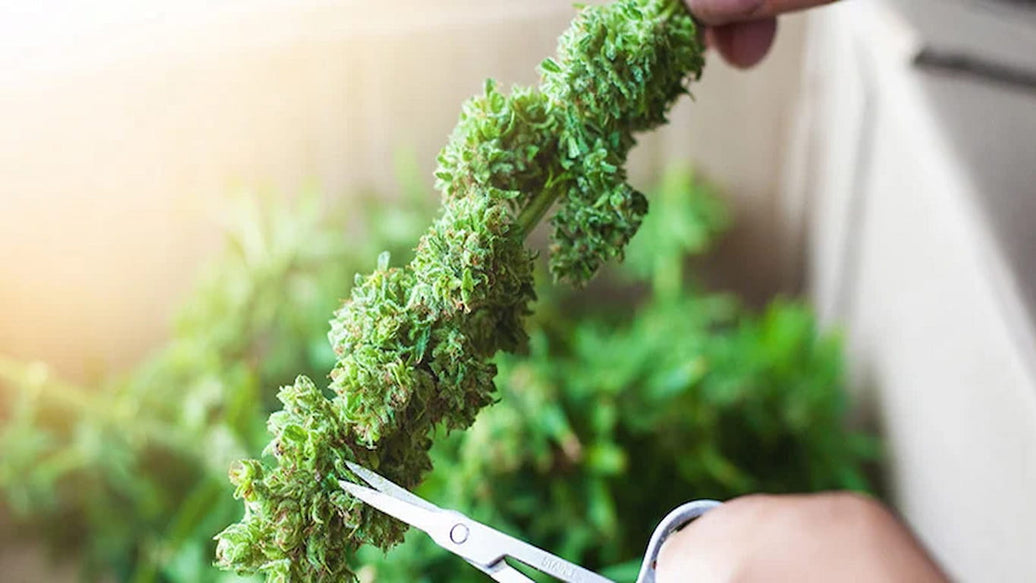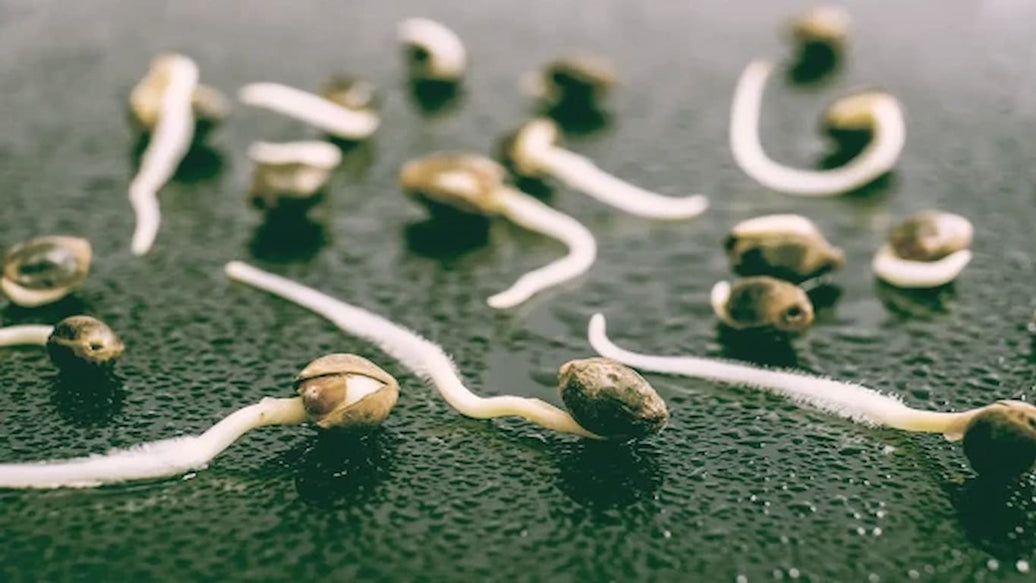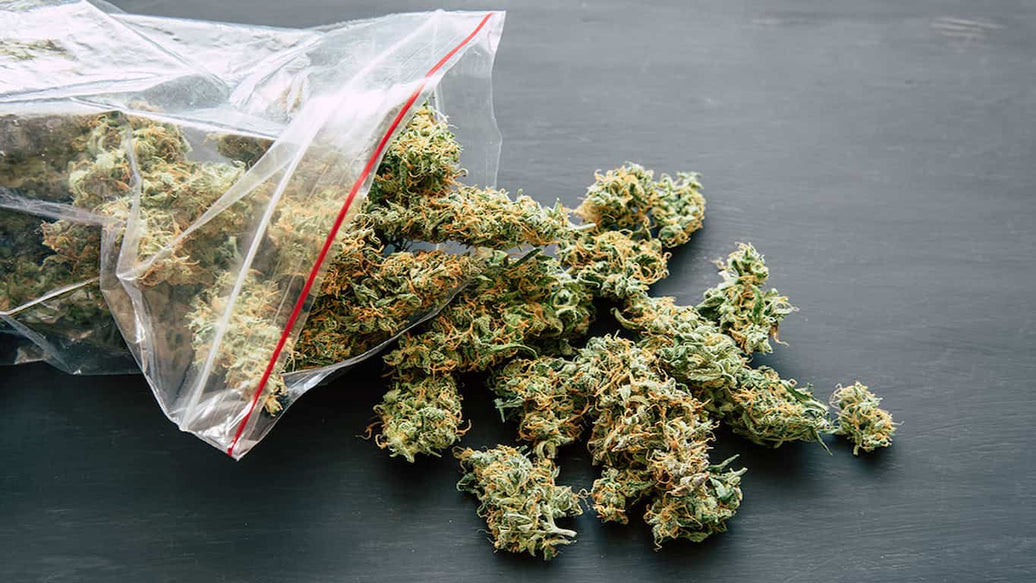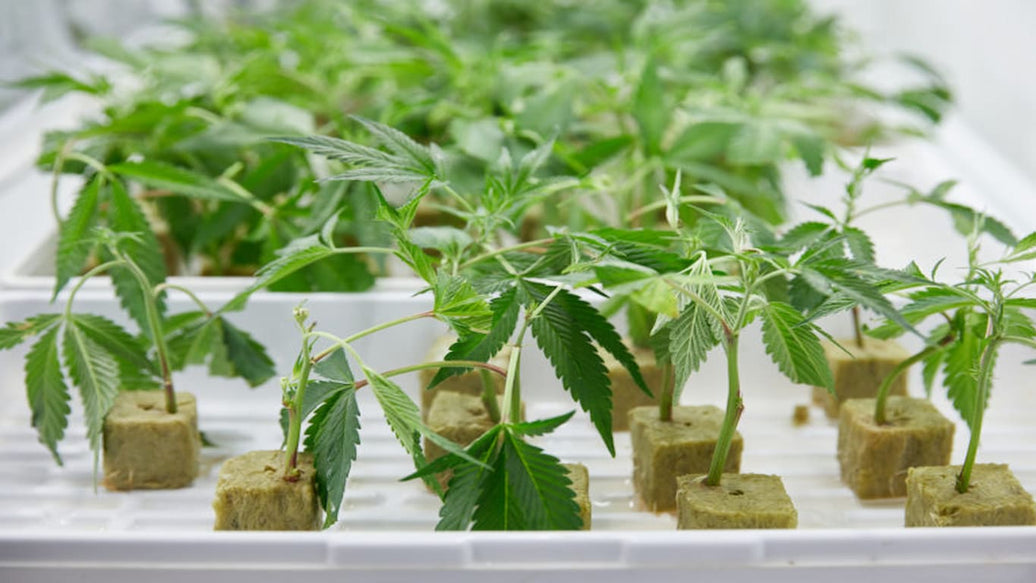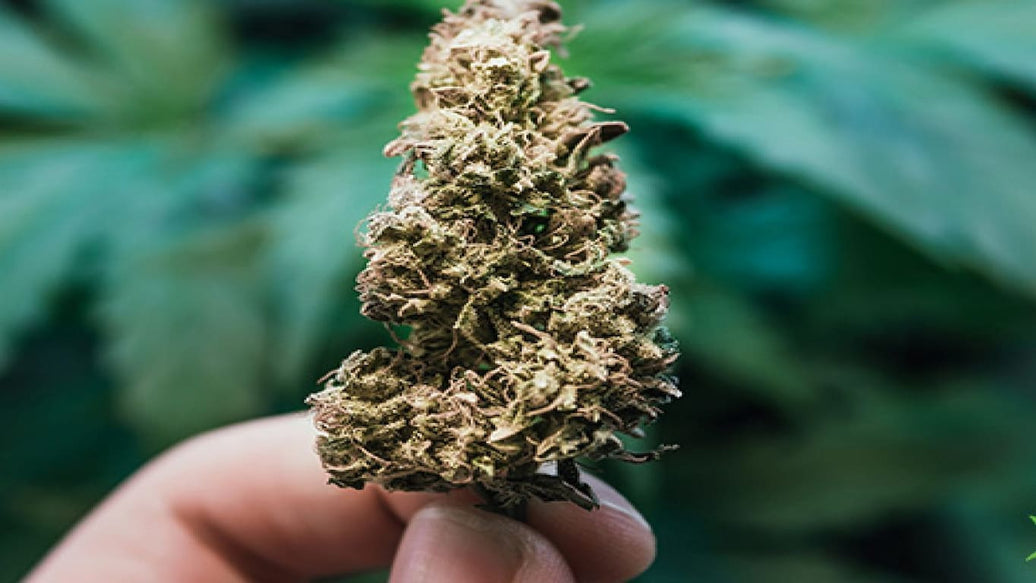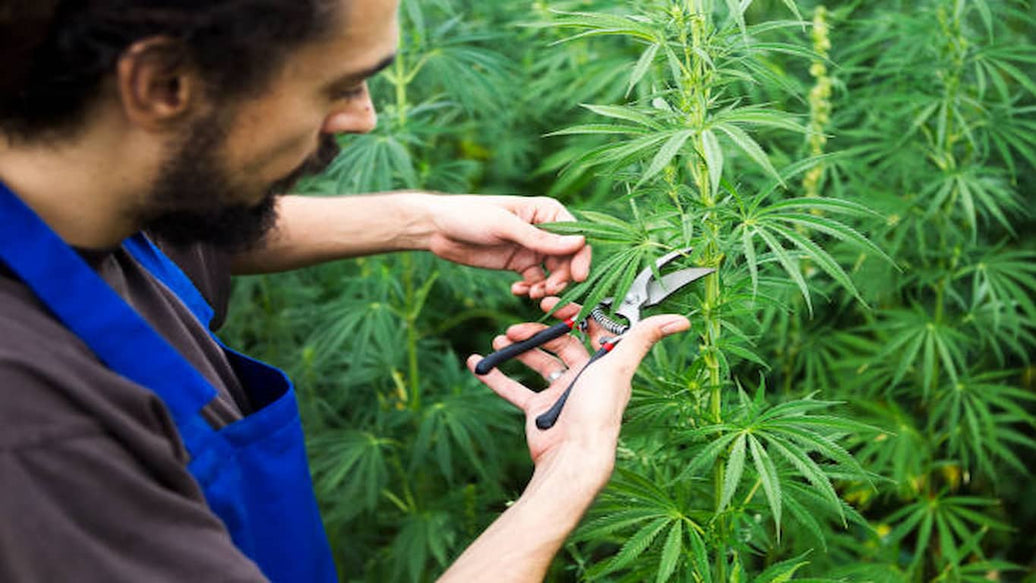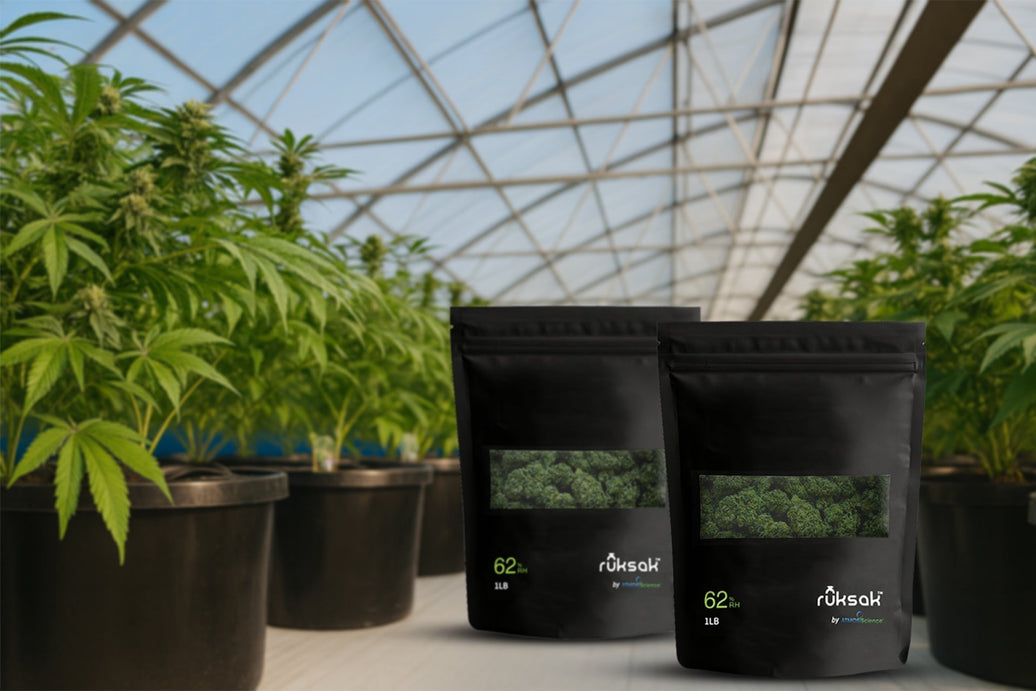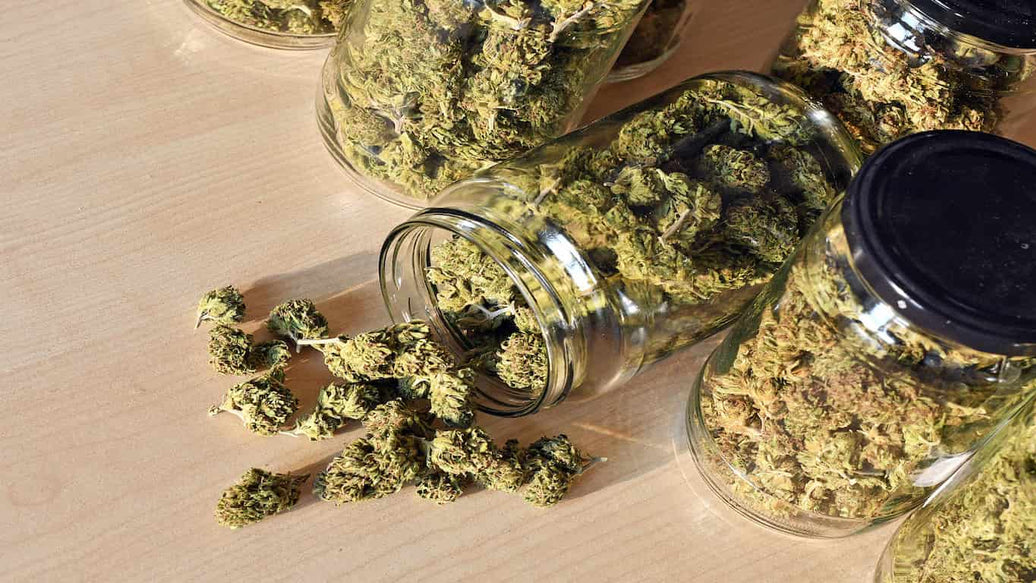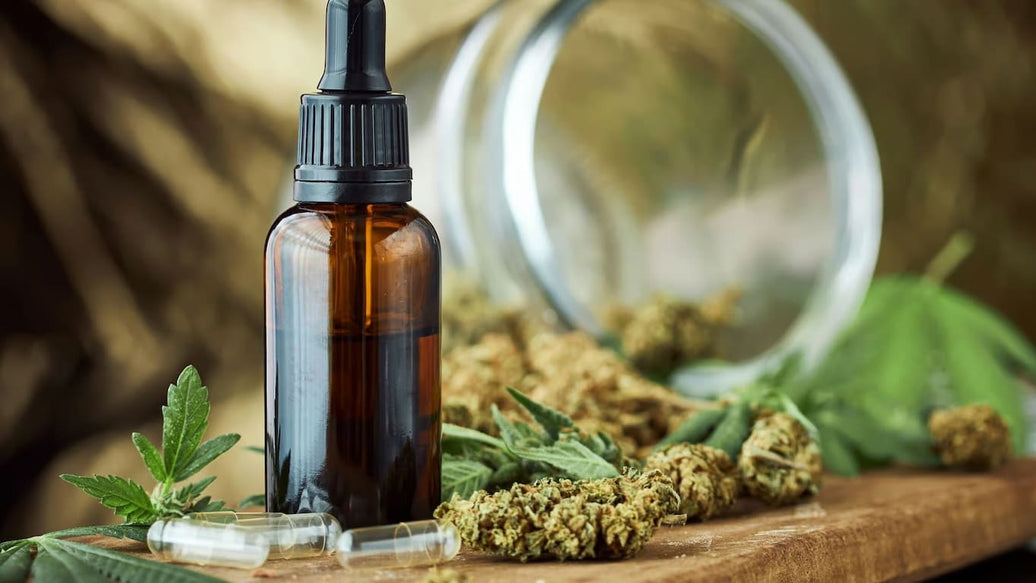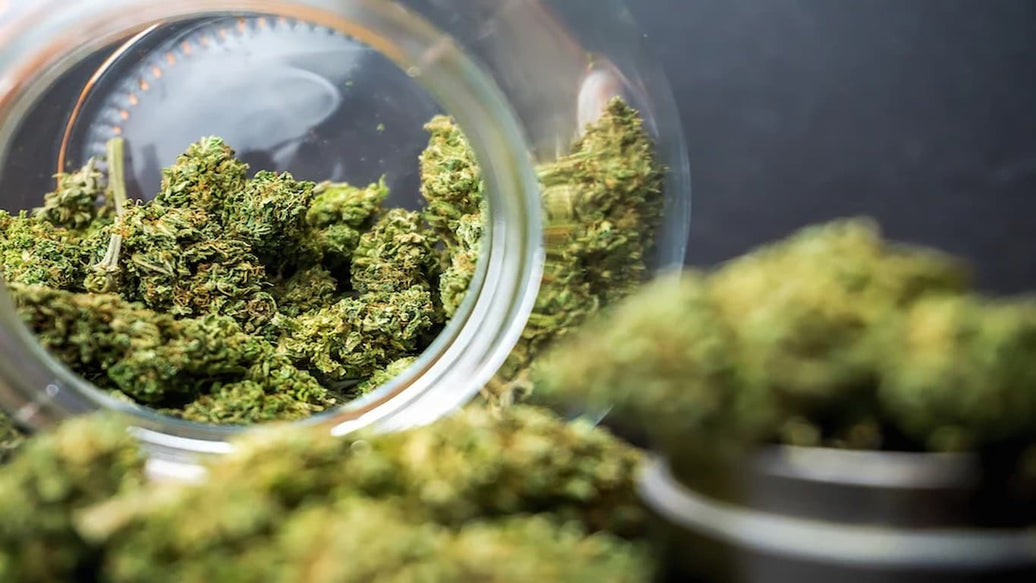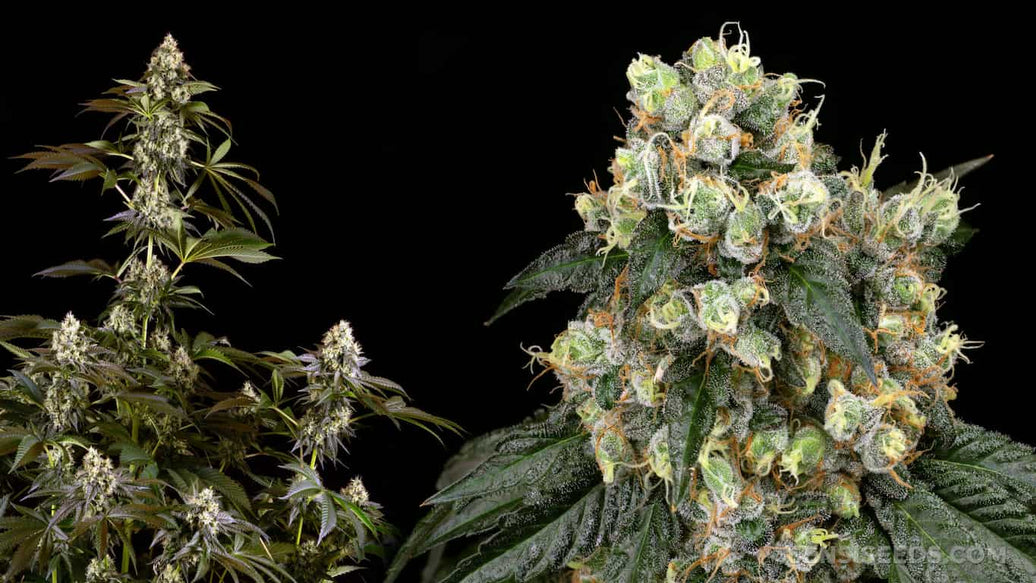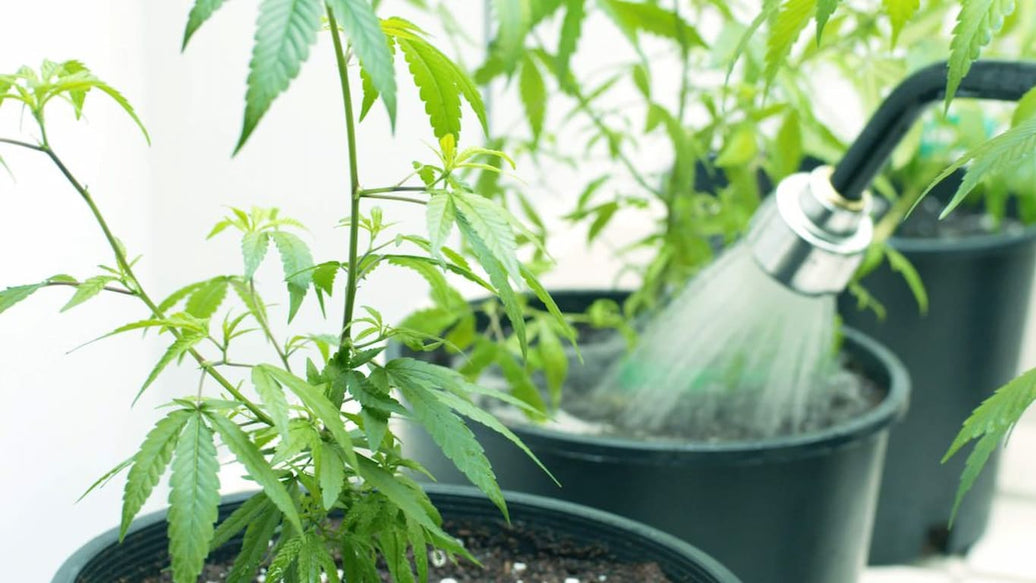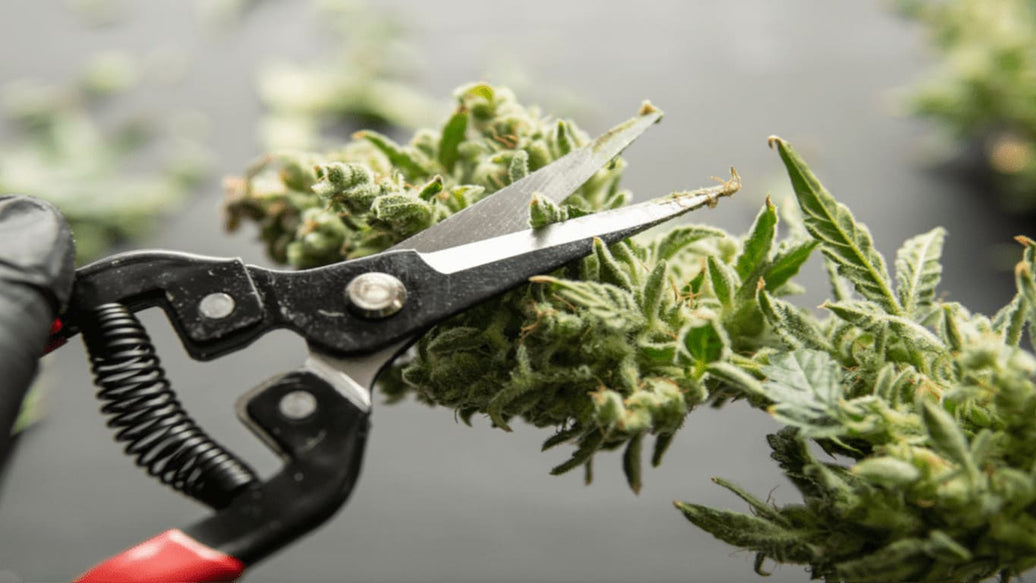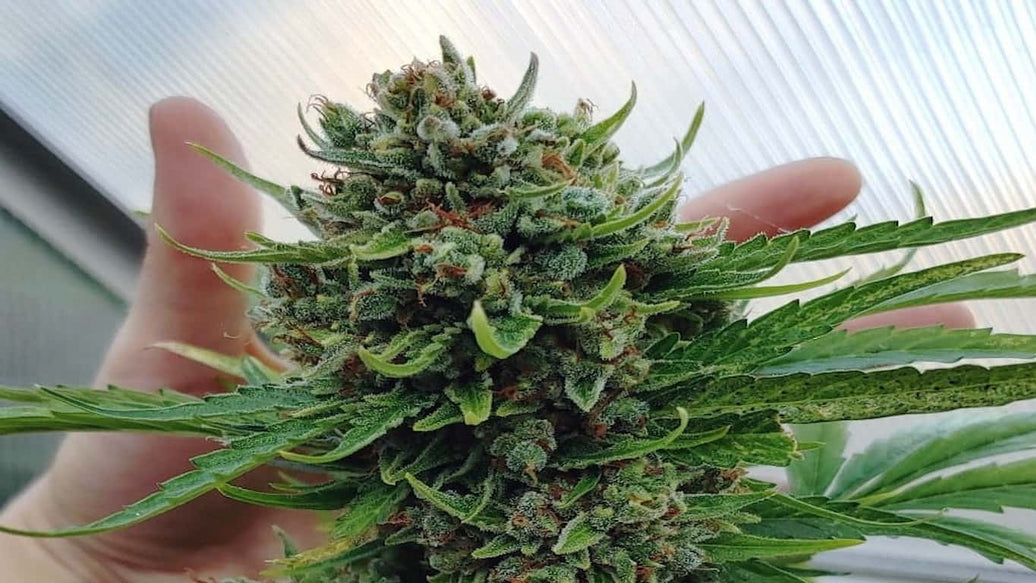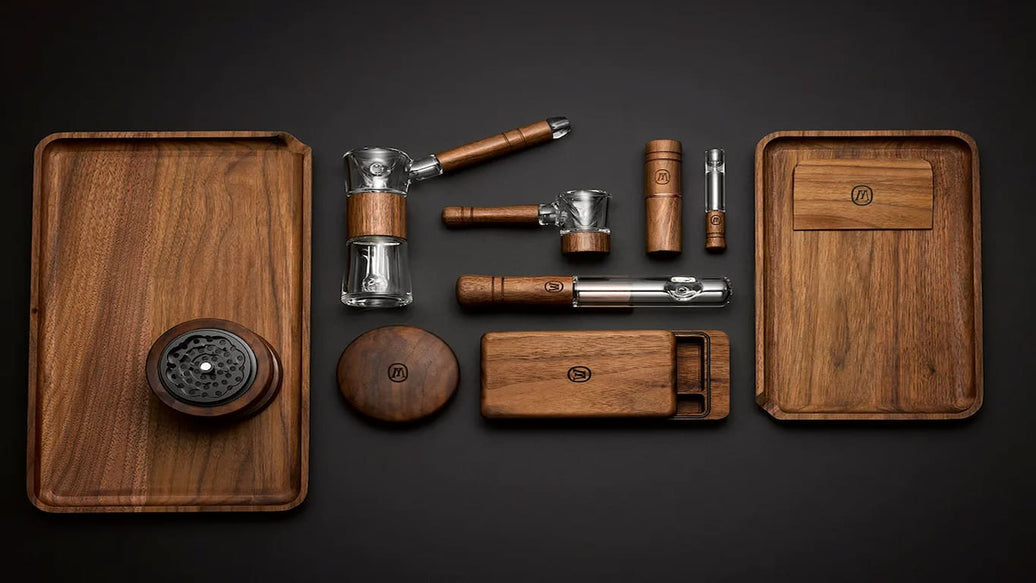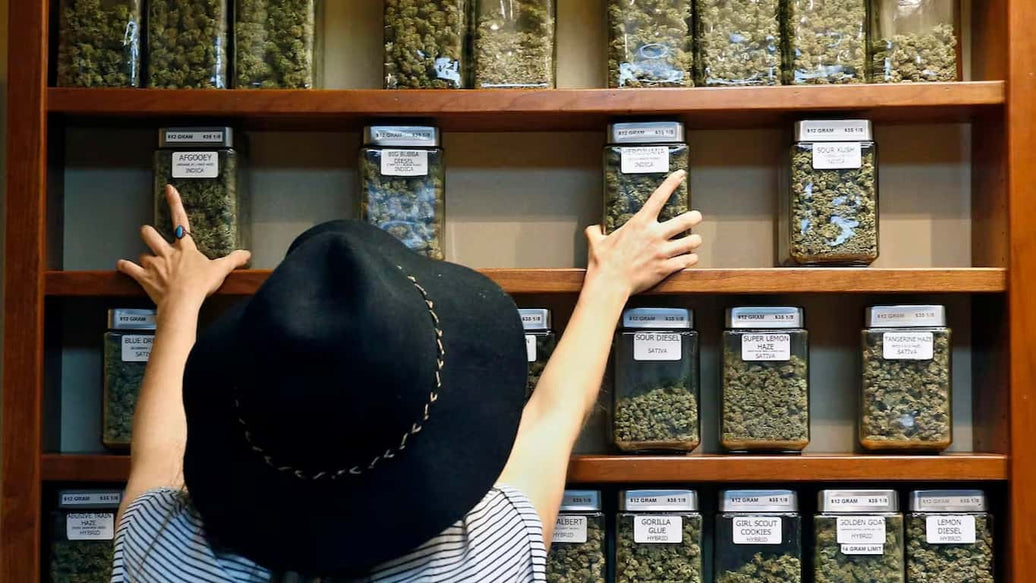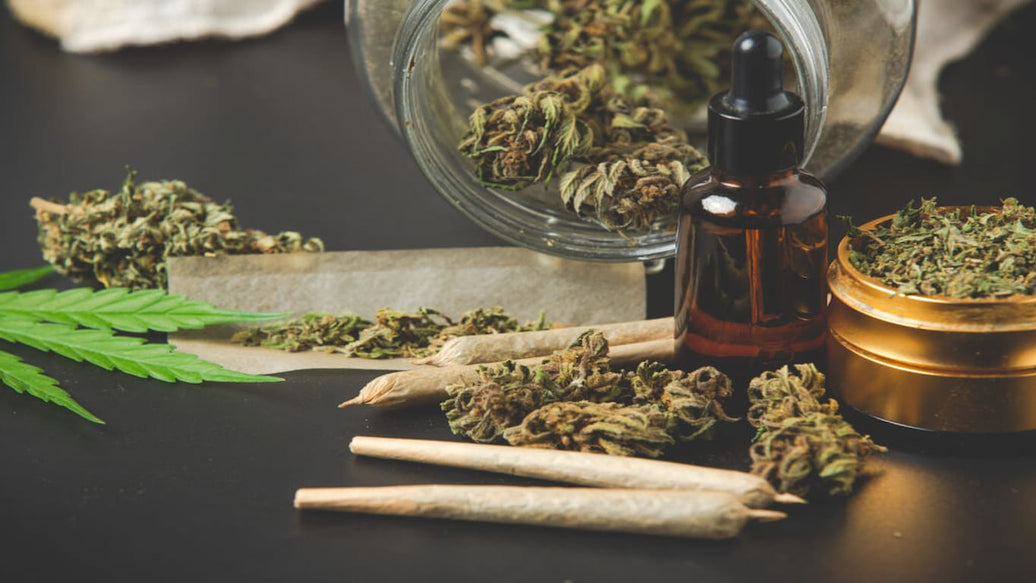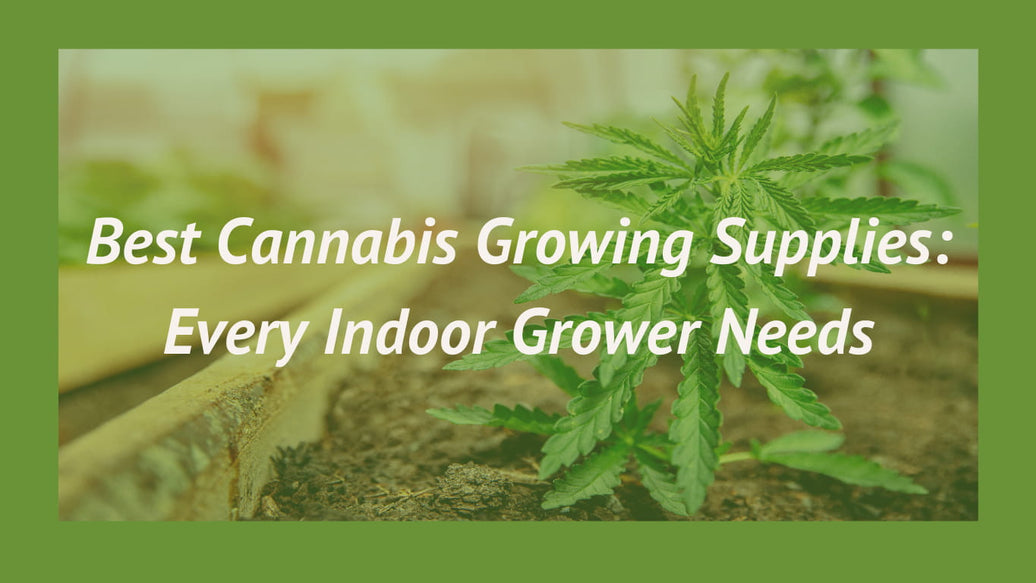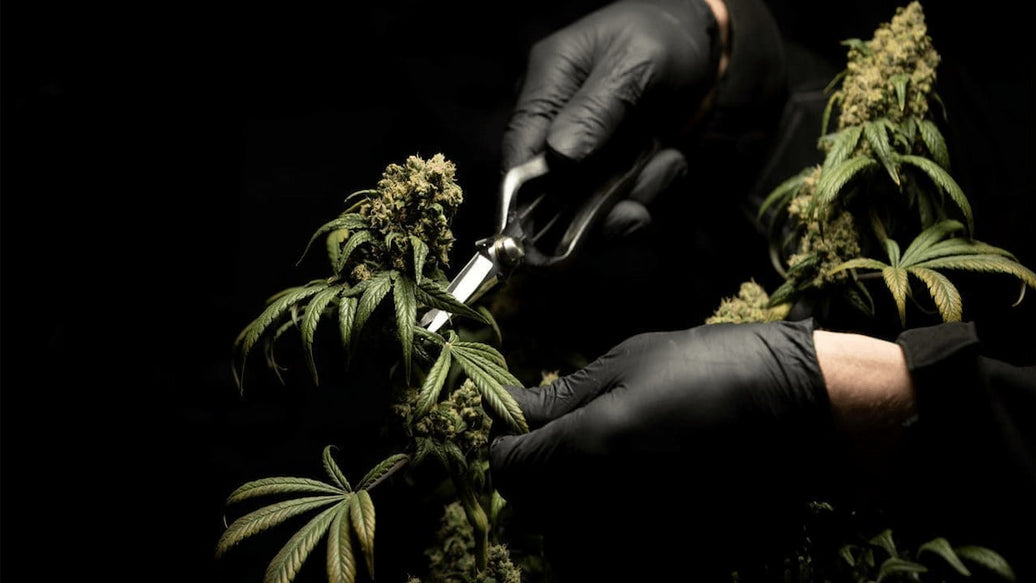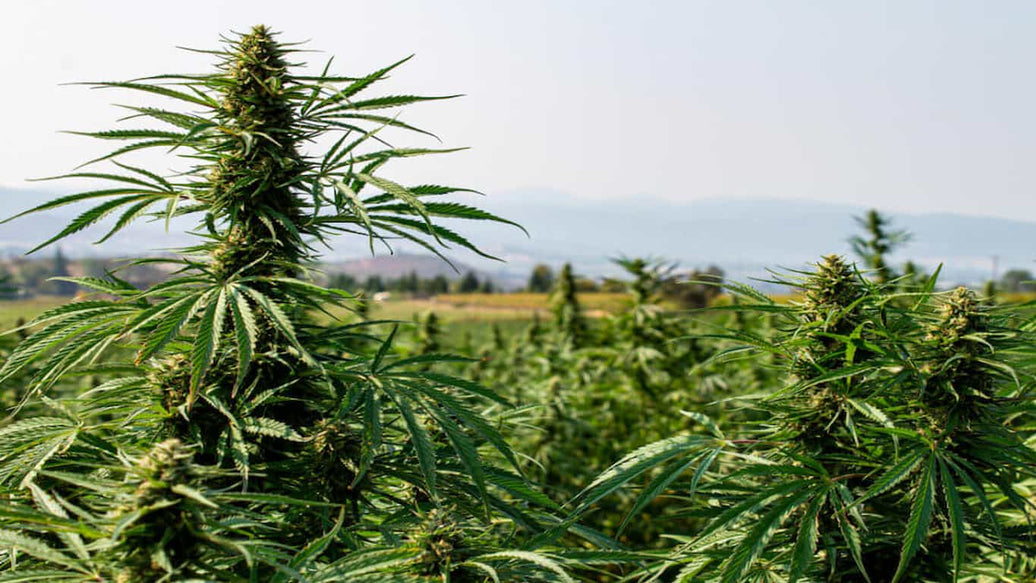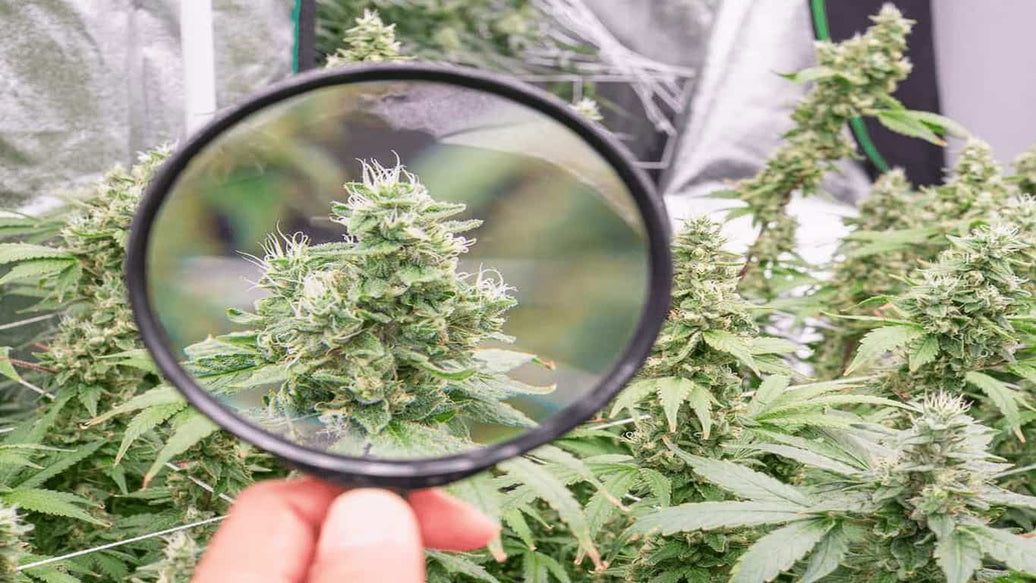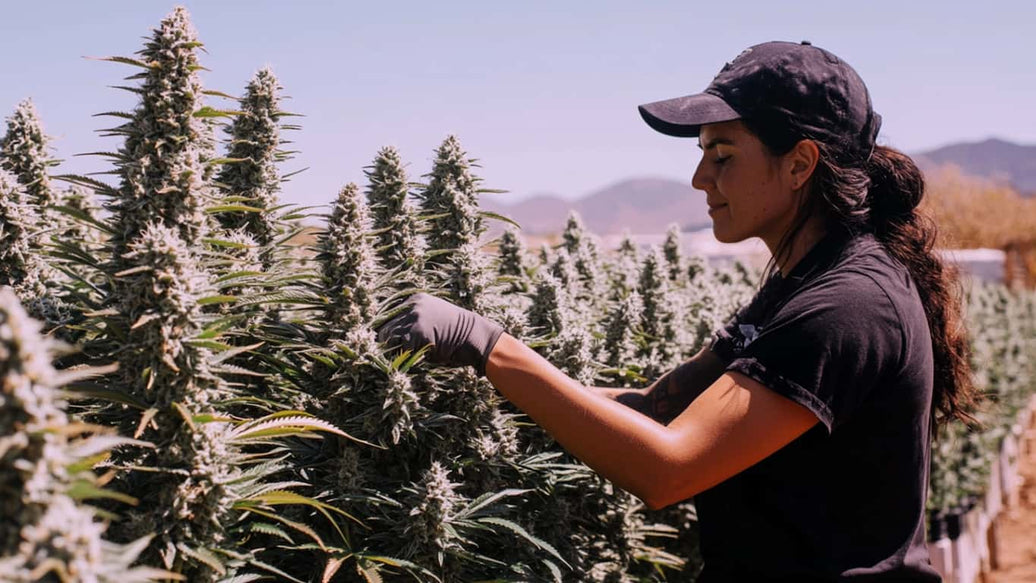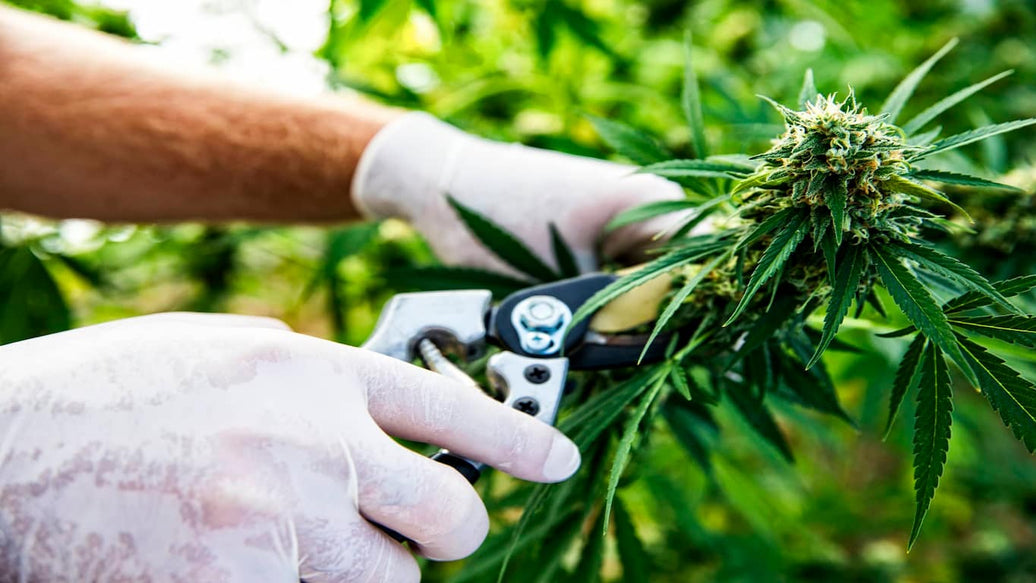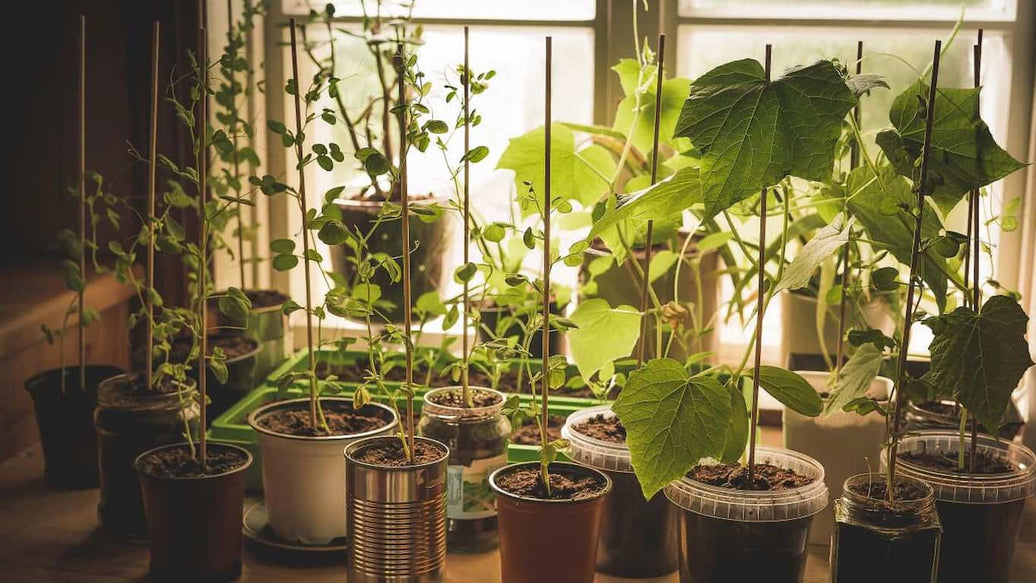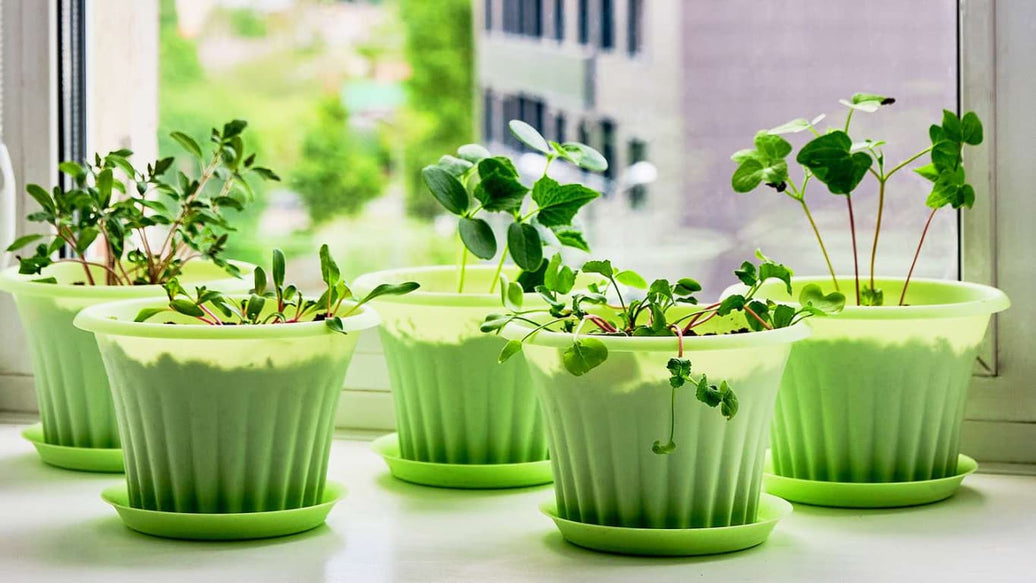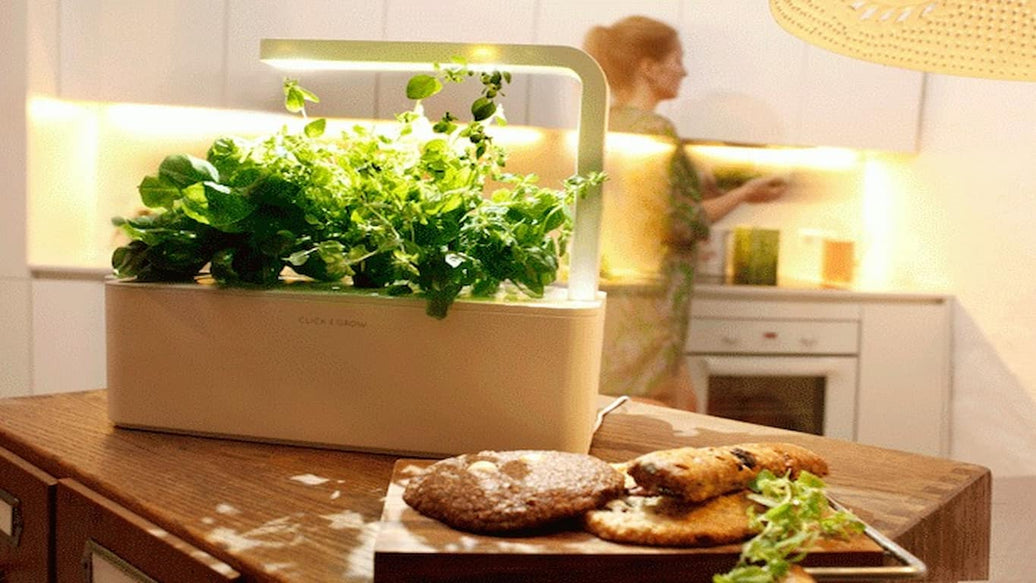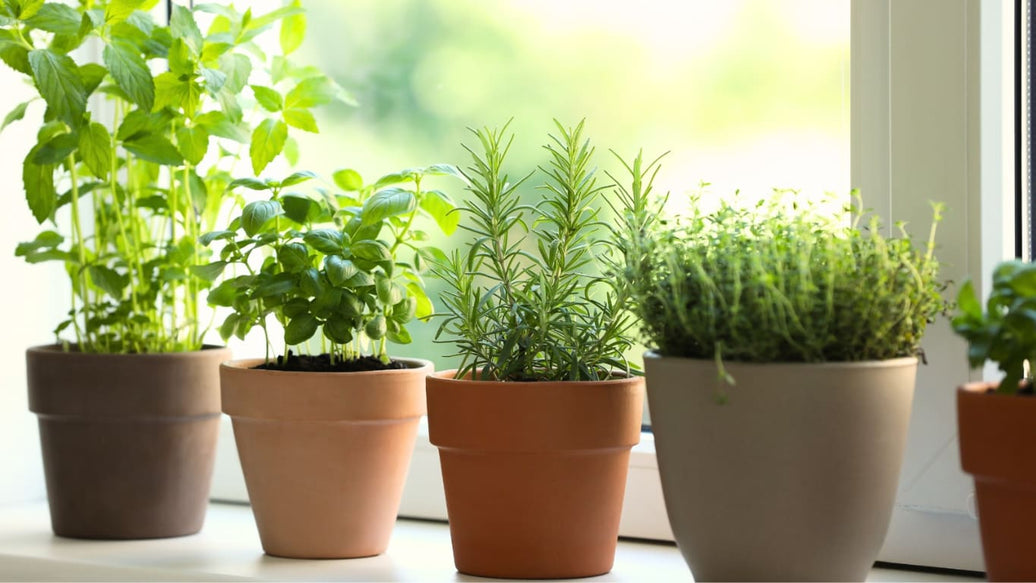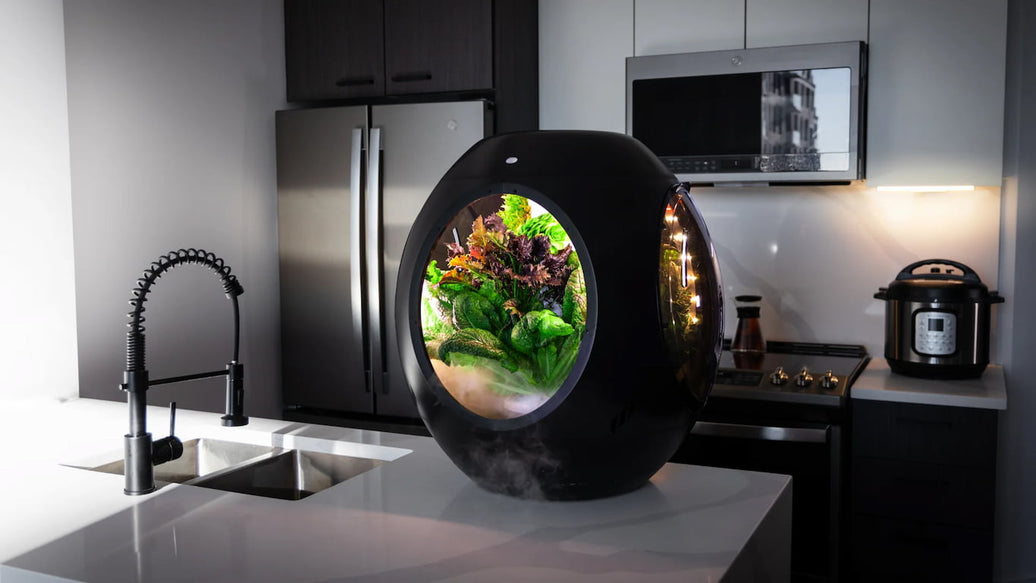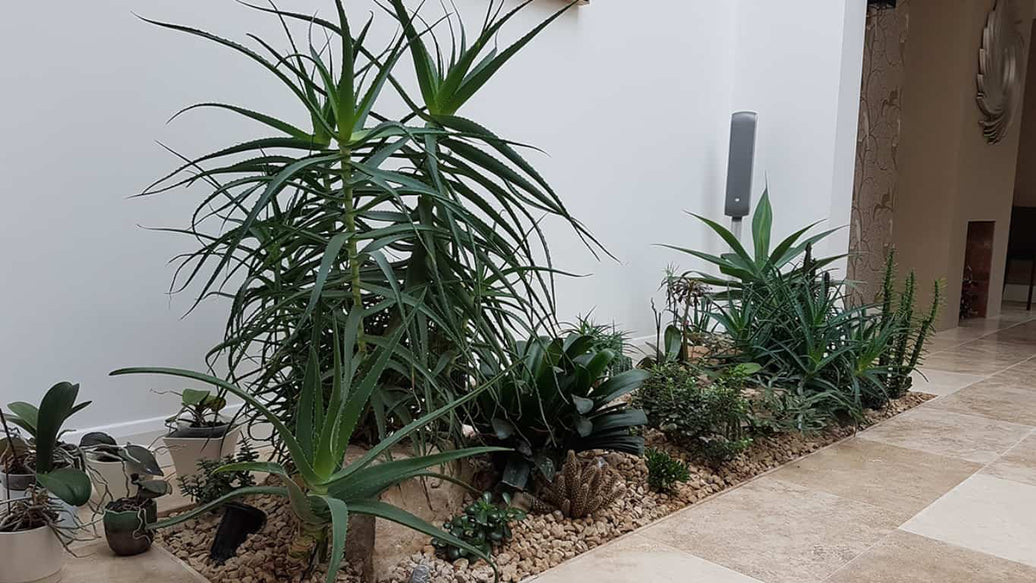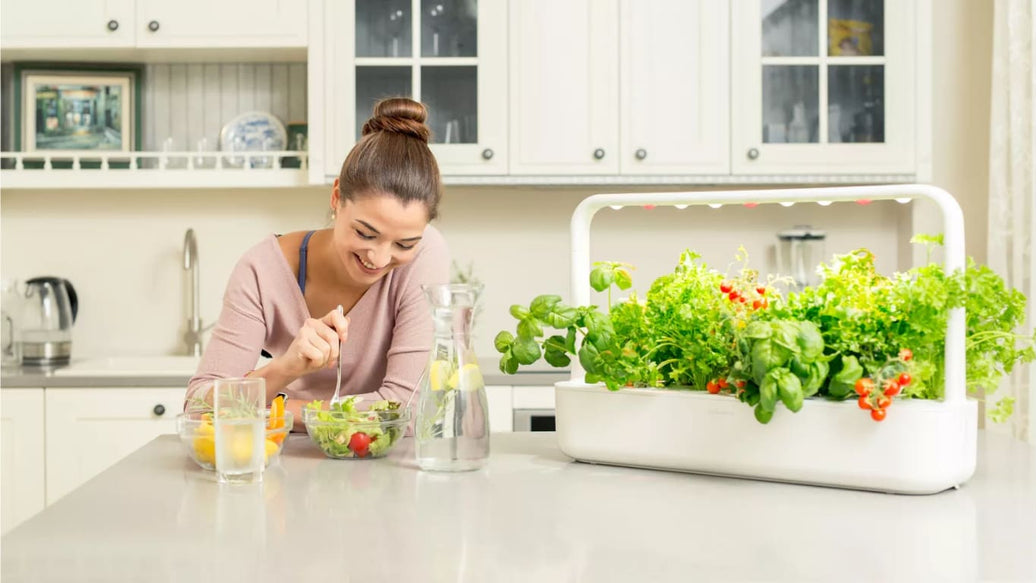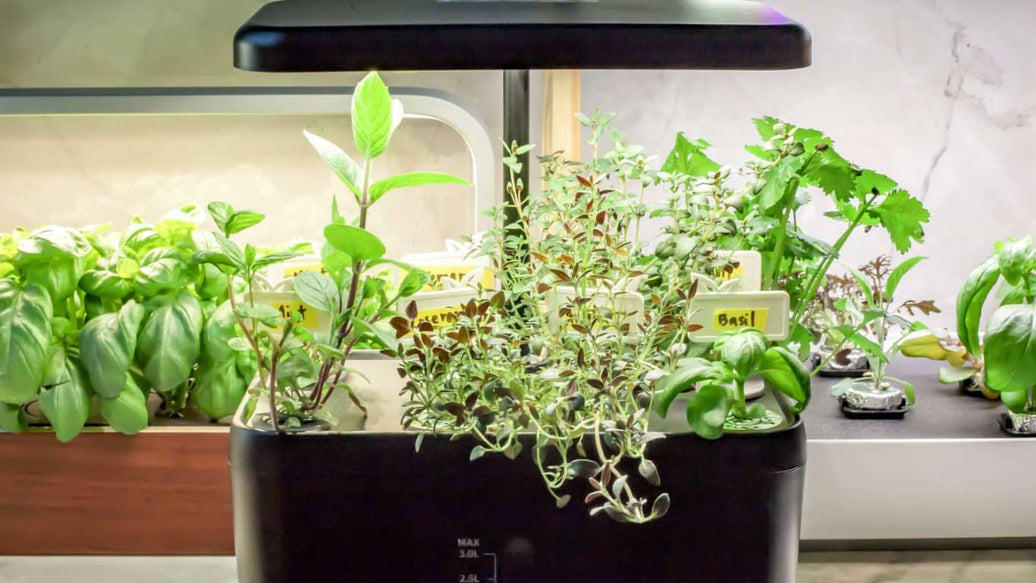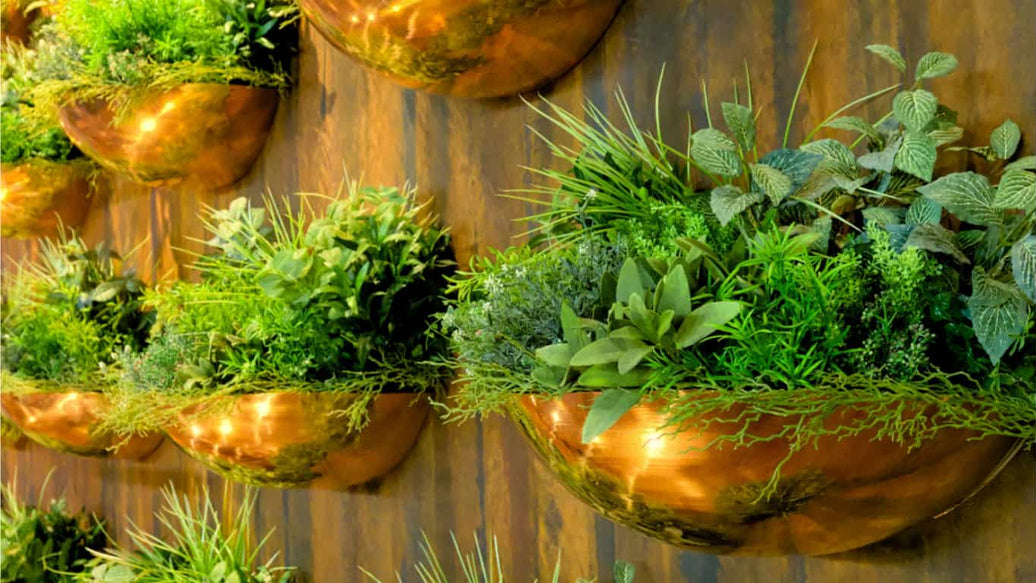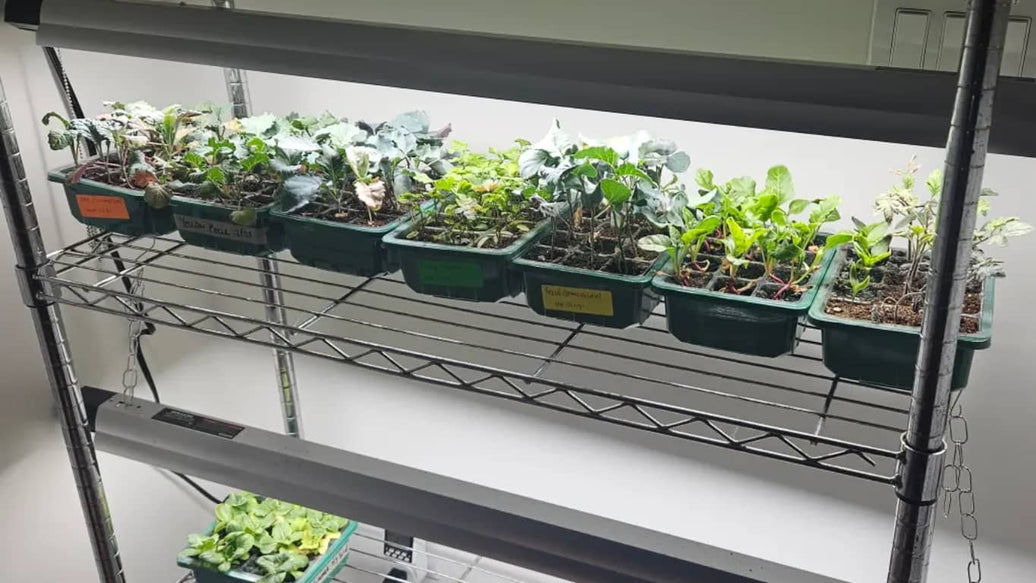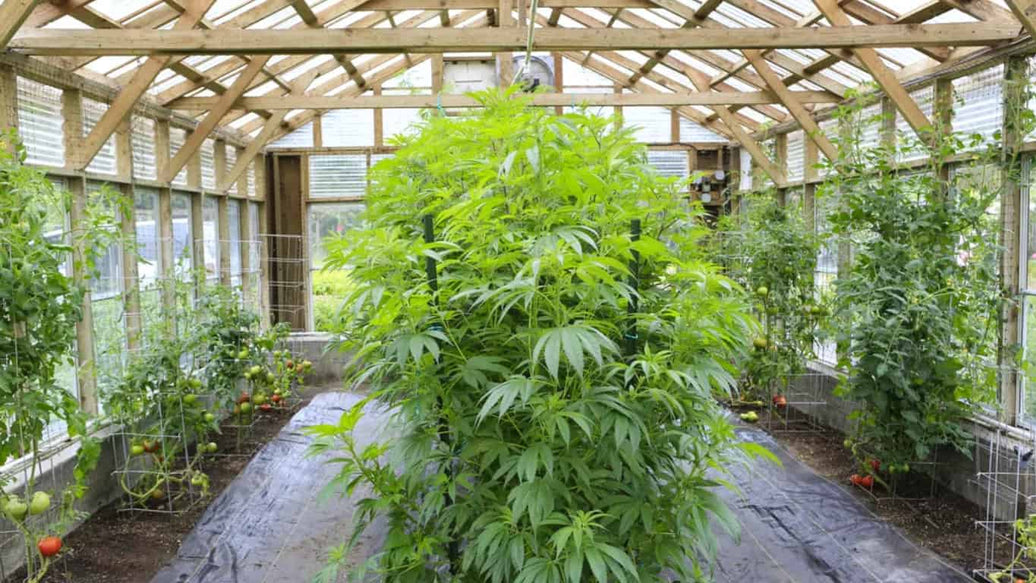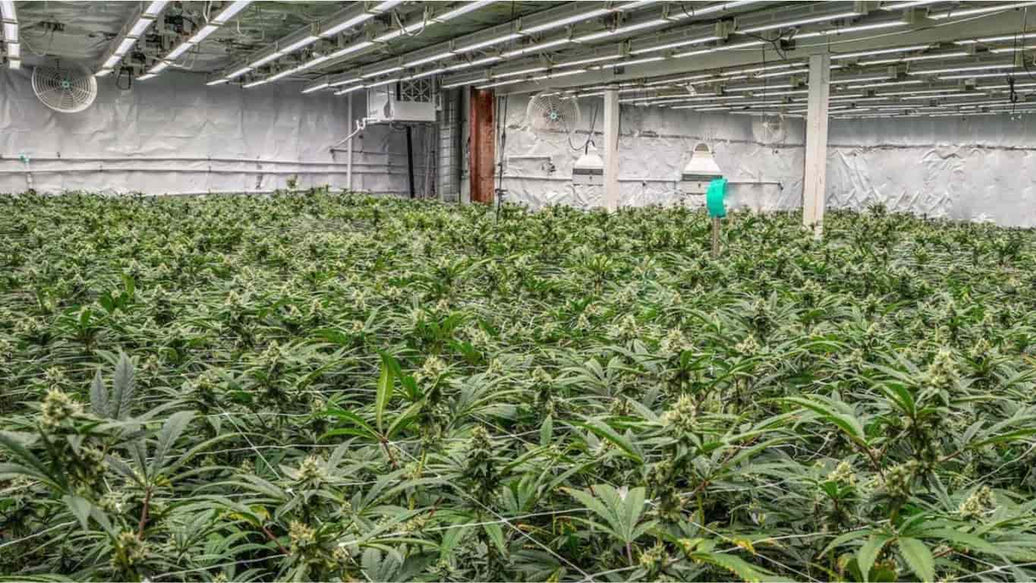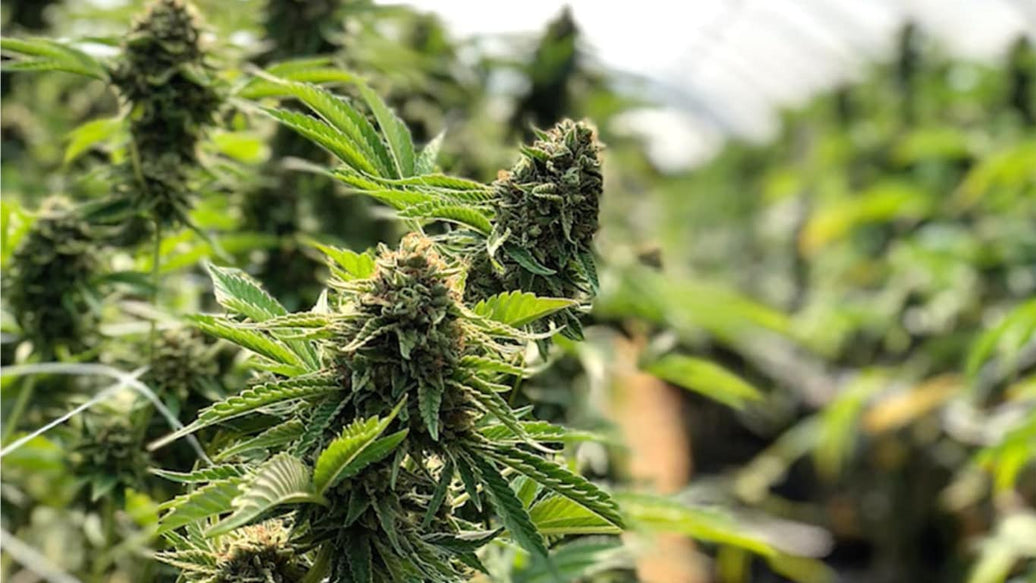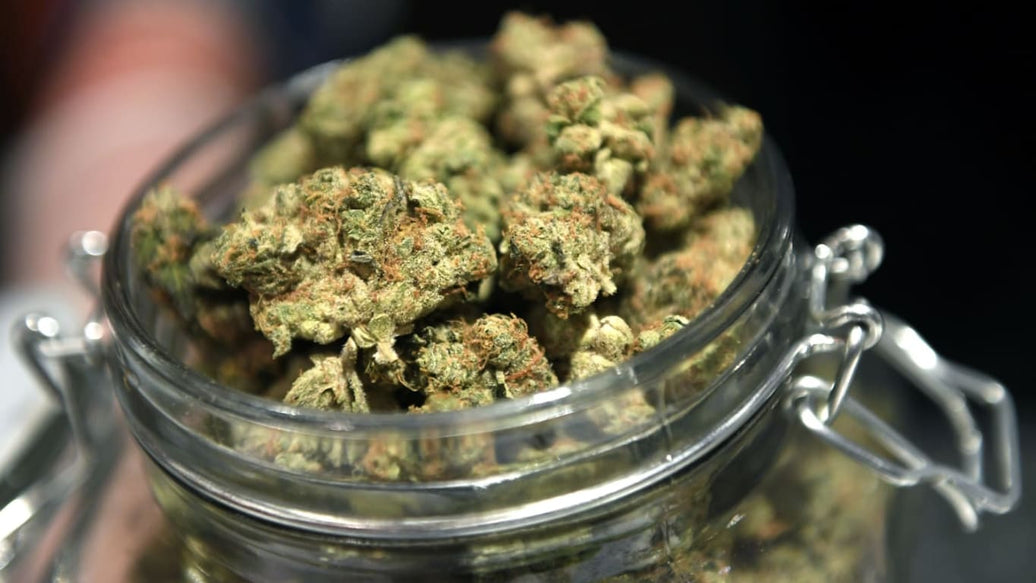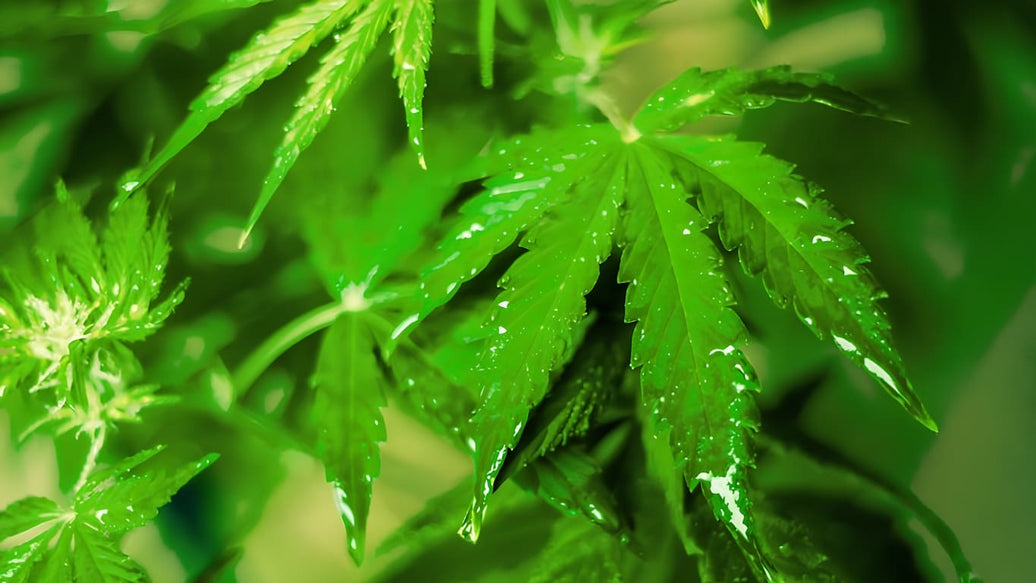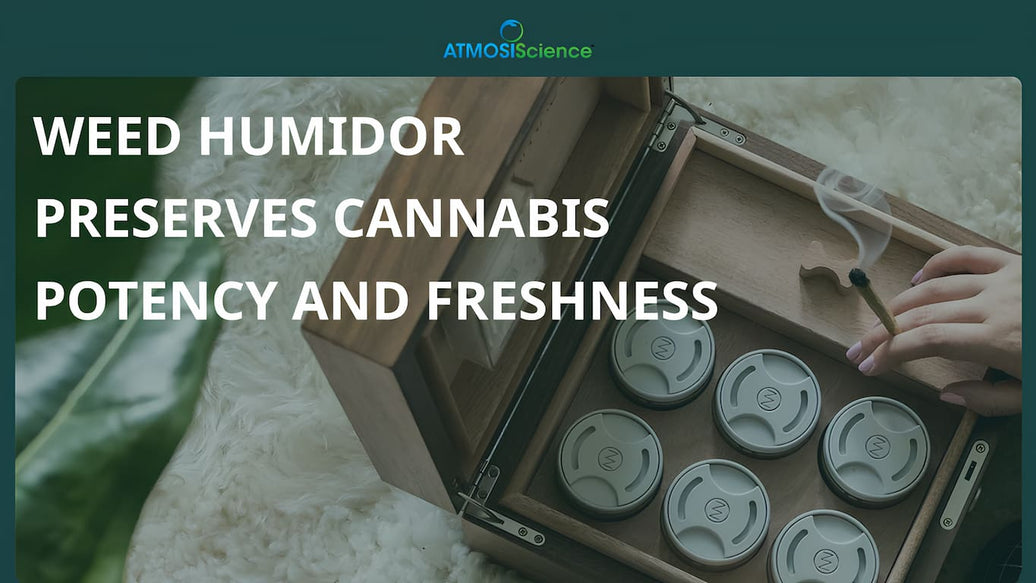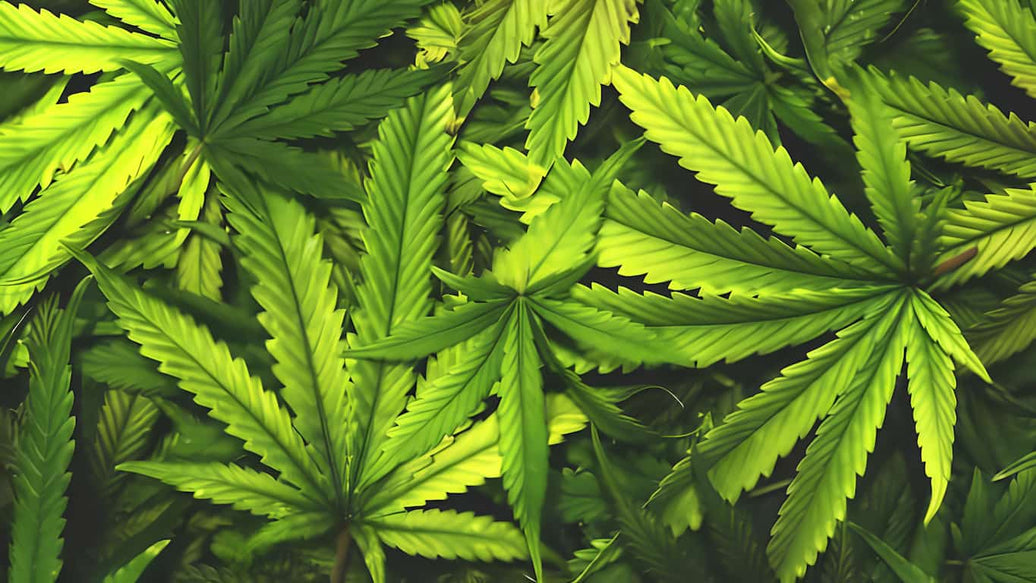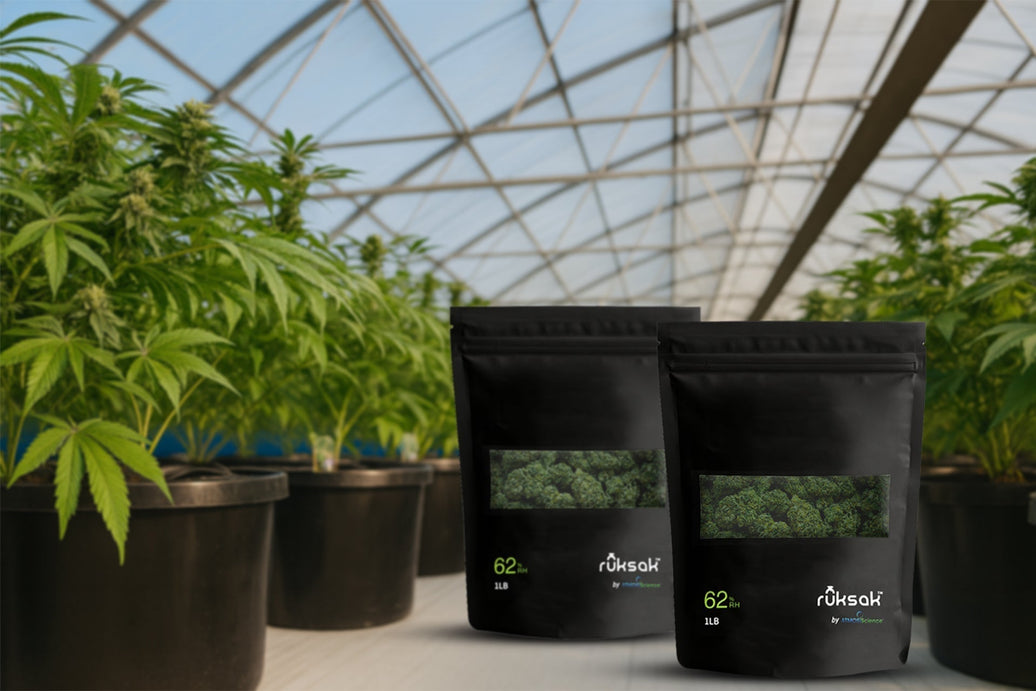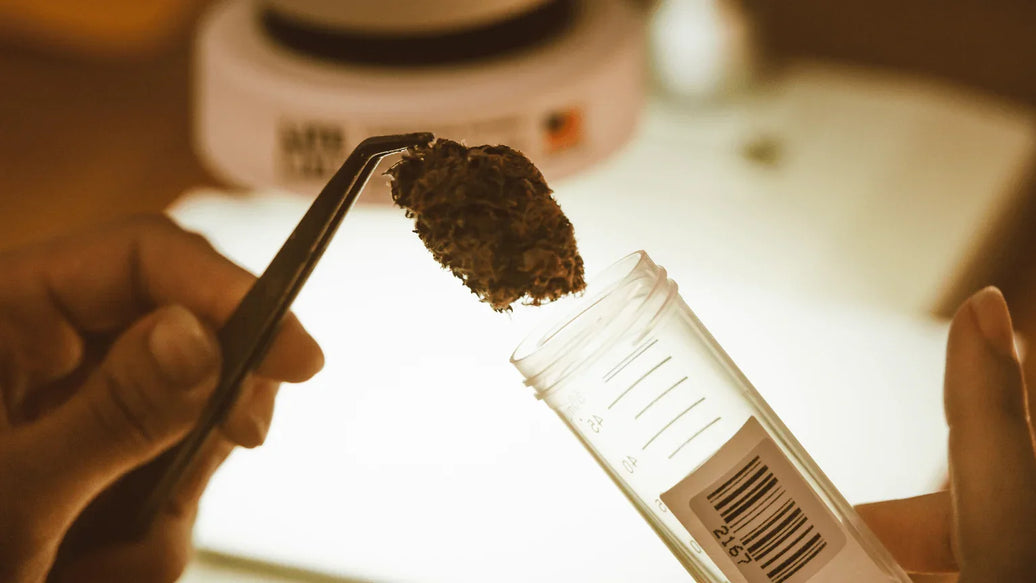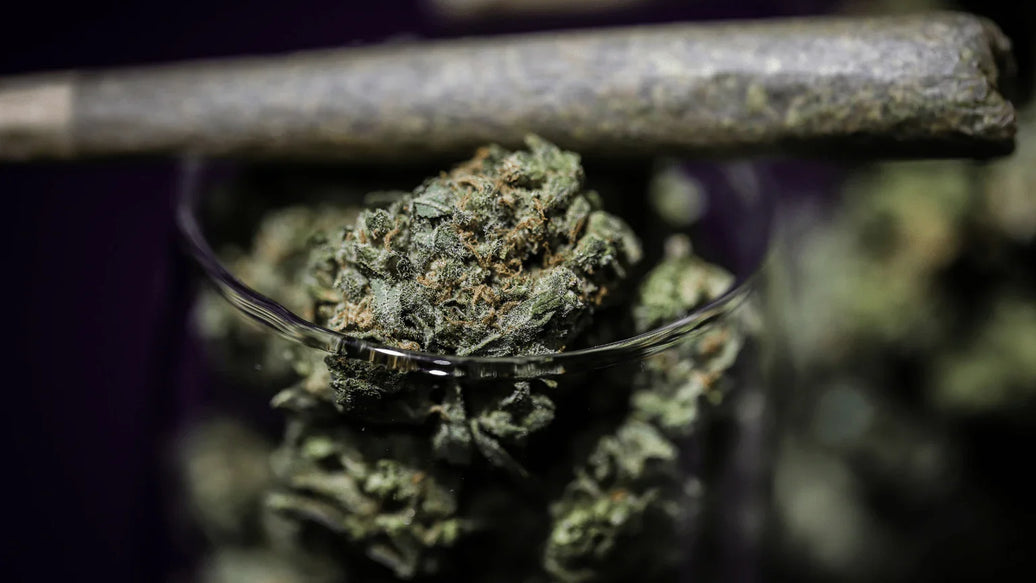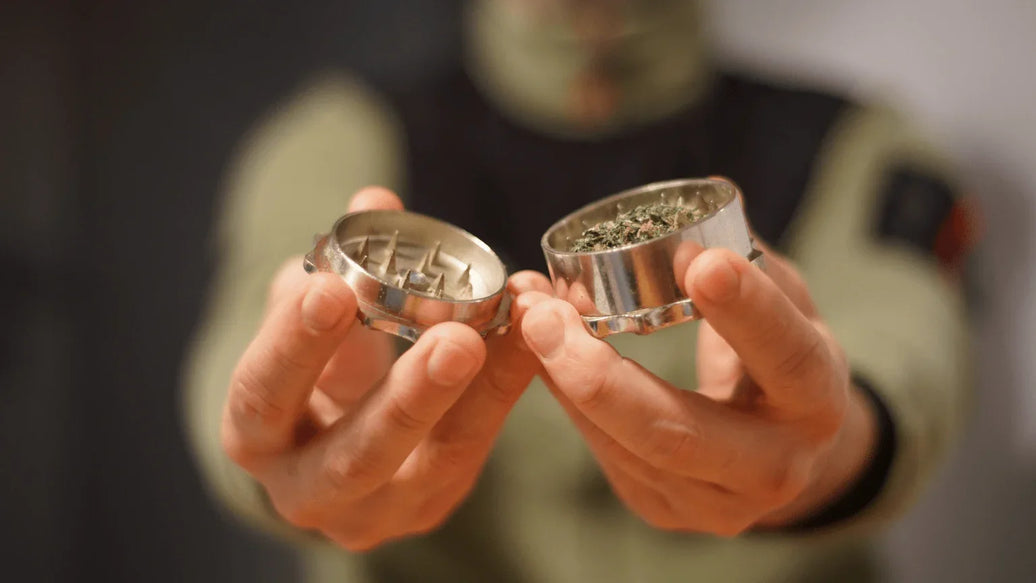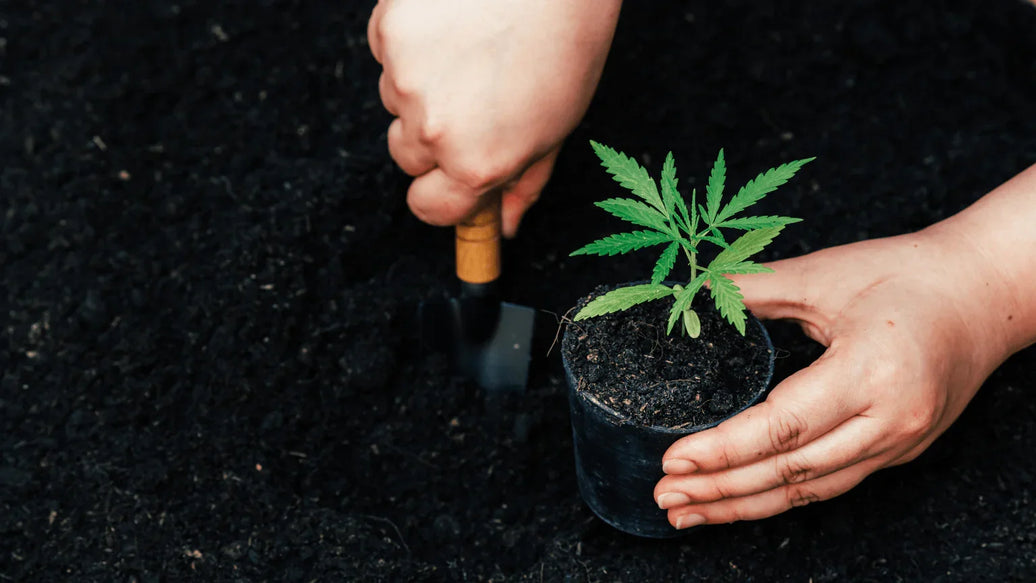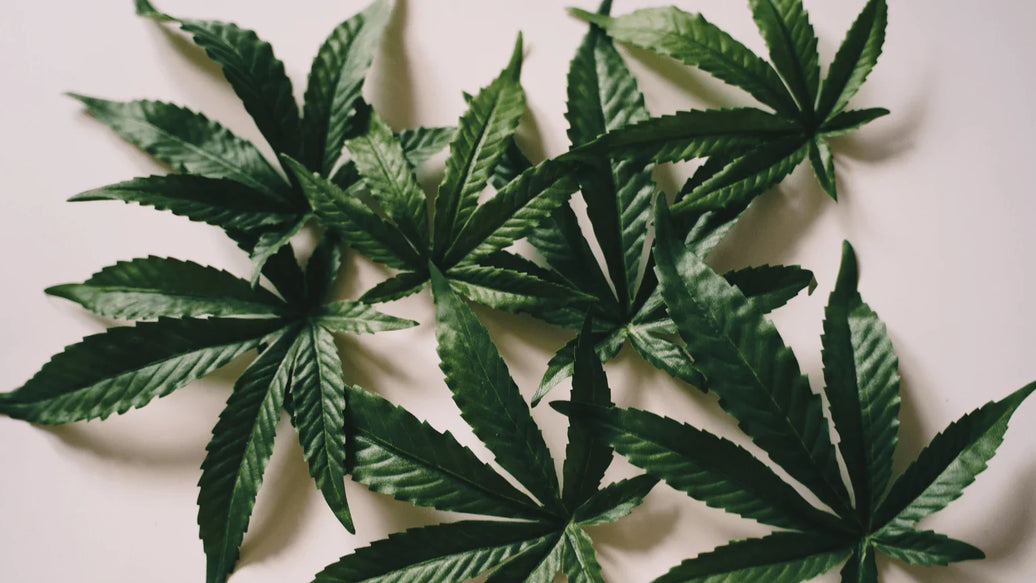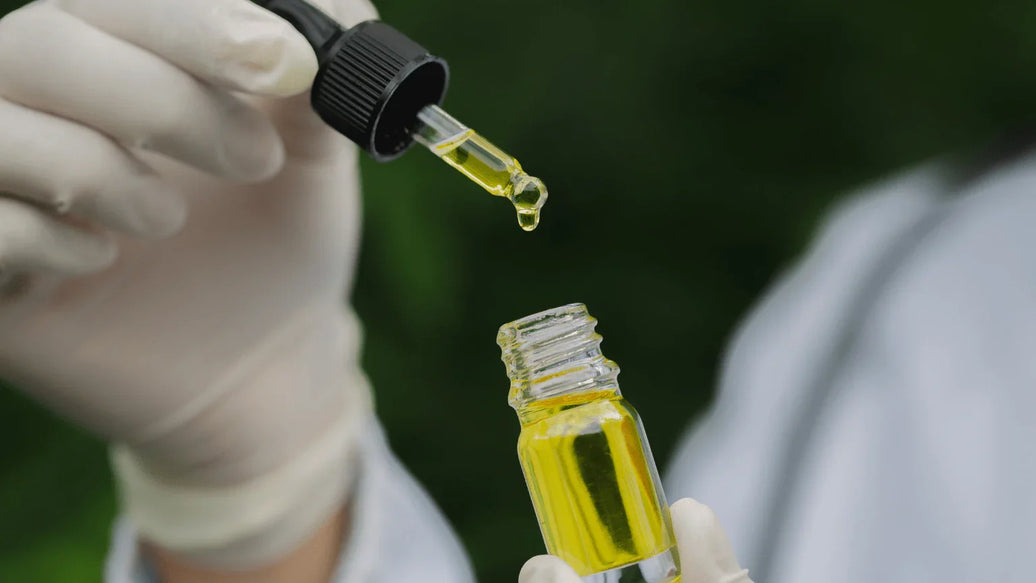Growing cannabis in winter might seem daunting due to limited sunlight, cooler temperatures, and higher disease risk. However, with an increasing demand for year-round cannabis production, winter cultivation offers growers the competitive advantage of continuous output, improved prices, and market differentiation. In this guide, you'll discover not only the scientific principles that underpin winter cannabis growth but also practical strategies - from greenhouse modifications to nutrient tweaks - to guide your success.

The science behind growing cannabis in winter
Cannabis's growth cycle is heavily influenced by photoperiodism—the length of day and night. During winter, shorter days trigger flowering, but low temperatures can stress the plant’s physiology. Studies reveal that cannabis cultivars activate stress-related metabolic pathways to survive the cold, including antioxidant defense and protein stabilization. Yet, if not managed, this stress can suppress growth and cannabinoid production. Research has also highlighted dormancy-like states at temperatures below 10 °C, which can halt growth and delay flowering. Understanding these responses helps growers tailor environments to keep metabolic activity steady despite the cold, maintaining quality and yield.
Environmental control strategies for winter cultivation
Greenhouse solutions
For outdoor-to-indoor hybrid growers, greenhouses provide a semi-controlled environment optimal for growing cannabis in winter. Double-layer polyethylene or polycarbonate panels insulate the space, while thermal mass elements like water barrels or stone floors absorb heat during the day and release it overnight, smoothing temperature fluctuations. Automated thermostats activate supplemental heating when temperatures dip below 18 °C to keep plants within ideal ranges. Research from controlled environment agriculture institutions shows such setups can sustain up to 80% of summer yields, significantly reducing energy costs compared to fully indoor facilities.
Indoor grow rooms
When full climate absorption is impossible, dedicated indoor grow rooms equipped with precise HVAC systems become essential. Maintaining temperature between 20–23 °C and relative humidity at 40–50% prevents condensation and fungal development. Dehumidifiers combined with air circulation fans help stabilize the microclimate. Programmable lighting with LED arrays that emit low heat are positioned to avoid cold drafts and mimic natural sunlight spectra. Light deprivation techniques imitate the natural shortening of daylight without compromising flowering triggers. This sophisticated control significantly reduces winter crop risks.

Supplemental lighting: Overcoming reduced daylight
Natural sunlight is scarce in winter months, necessitating supplemental lighting for healthy plant development. Cannabis thrives under a specific spectrum emphasizing red (~660 nm) and blue (~450 nm) light wavelengths. LEDs fine-tuned to this spectrum encourage photosynthesis and resinous bud development while conserving energy. Scientific comparisons demonstrate LEDs outperform traditional high-pressure sodium (HPS) lamps by yielding similar or better results with up to 40% less electricity use, a key factor when growing cannabis in winter to manage heating costs. Proper photoperiod scheduling further promotes growth: 18 hours of light during vegetative stages and 12 hours during flowering.
Selecting winter-resilient cultivars and genetics
The foundation of successful winter growing lies in genetics adapted to colder environments. Landrace strains from northern latitudes or mountainous regions harbor innate cold tolerance through thicker leaves and slower metabolic rates. Autoflowering strains, independent of light cycles, allow growers to harvest before the coldest periods set in. Experimental trials of cultivars such as ‘Nordic Frost’ and ‘Winter Bliss’ show consistent growth at temperatures as low as 5 °C, modest yield penalties, and flavor preservation. Choosing such cultivars, especially ones rich in myrcene and pinene terpenes, can maximize winter crop quality.
Nutrient management in chilly conditions
Low temperatures slow nutrient uptake and metabolism. For winter cannabis cultivation, adjusting fertilizer formulas is key: decreasing nitrogen prevents excessive foliage growth and increasing phosphorus and potassium supports root development and bud formation. Hydroponic growers should monitor nutrient solution temperature closely, keeping it above 18 °C to avoid root shock. In soils, root-zone heating cables encourage microbial activity essential to nutrient cycling. Supplementation with cold-tolerant beneficial microbes, such as Bacillus and Trichoderma species, enhances nutrient availability and resilience.

Pest, mold, and disease management in winter
The still air and elevated humidity common in winter indoor grows can favor pathogens like Botrytis cinerea (gray mold) and powdery mildew, threatening crop viability. Employing continuous environmental monitoring systems to track temperature and humidity reduces risk by enabling early intervention. Timed UV-B light exposure during dark periods can reduce fungal spores without disturbing photoperiodism. Biological controls—specialized predatory mites and Bacillus thuringiensis sprays—act as natural suppressants. Additionally, maintaining fresh airflow near the canopy discourages microclimate pockets harboring mold spores, essential when growing cannabis in winter.
Discover more: Why Has My Weed Become so Moist? What Should I Do?
Post-harvest storage: Preserving winter harvest quality
Winter cannabis, carefully cultivated, must be stored with equal diligence. Proper curing stops further degradation, but ambient fluctuations threaten moisture balance and terpene retention. ATMOSIScience’s Humidi-Cure® packets offer reliable relative humidity control at 62%, the ideal range for cannabis storage, preventing over-dryness and mold. The 1 lb ruksak bags accommodate larger batches typical of winter harvests, while our jar liners help maintain consistent humidity inside cured jars, reducing terpene loss. Implementing these storage solutions keeps winter harvests fresh, flavorful, and potent for up to a year.

Conclusion
Growing cannabis in winter requires mastering a diverse set of challenges through scientific insights and technological interventions. From harnessing the cold-tolerance of specialized cultivars and managing precise environmental conditions to deploying advanced lighting and nutrient protocols, growers can extend cropping cycles through the cold months. Crucially, integrating superior storage and curing solutions from ATMOSIScience maximizes winter harvest value by maintaining quality and shelf life. This comprehensive approach provides a practical blueprint and academic foundation, empowering cultivators to embrace winter growing with confidence.
For in-depth support on related topics of cannabis growing and harvesting tips, explore more our blogs for growers expanding their knowledge and optimizing storage:

